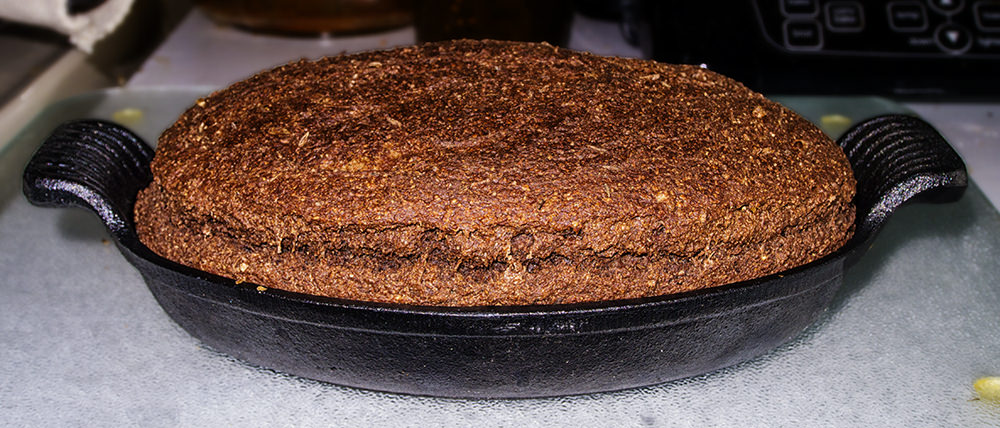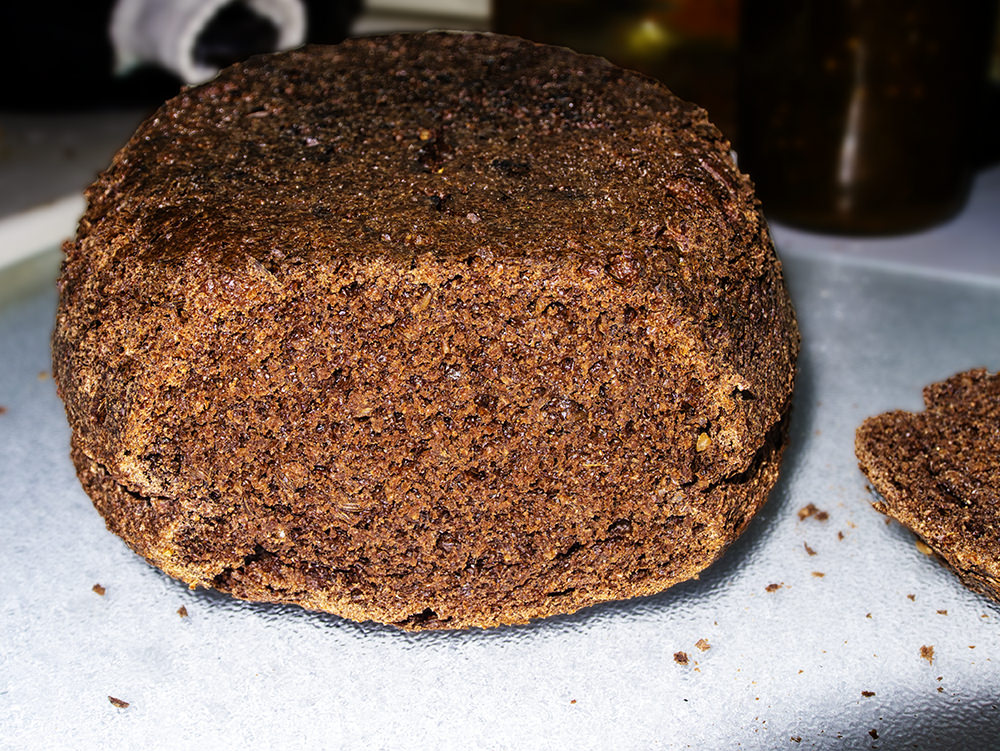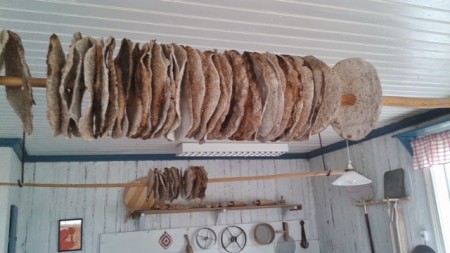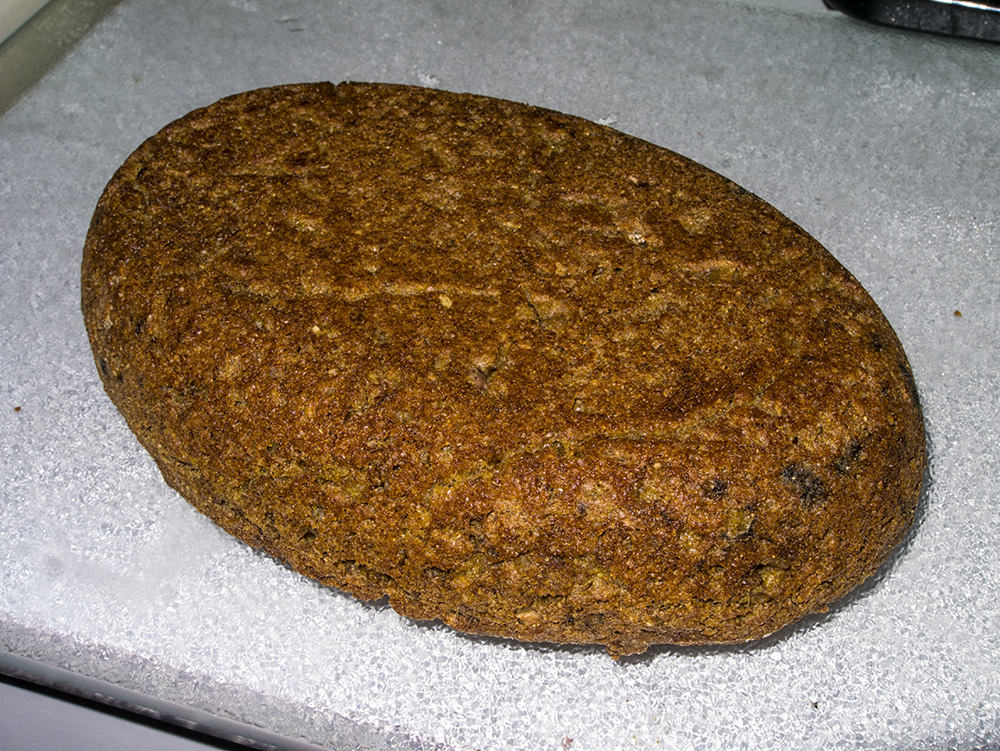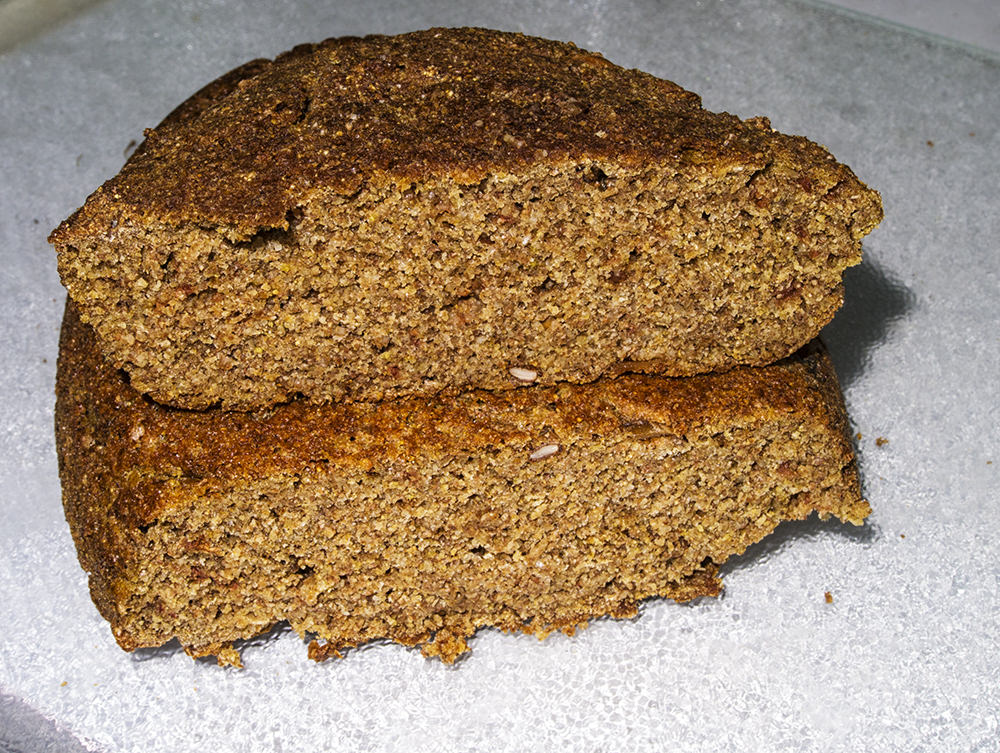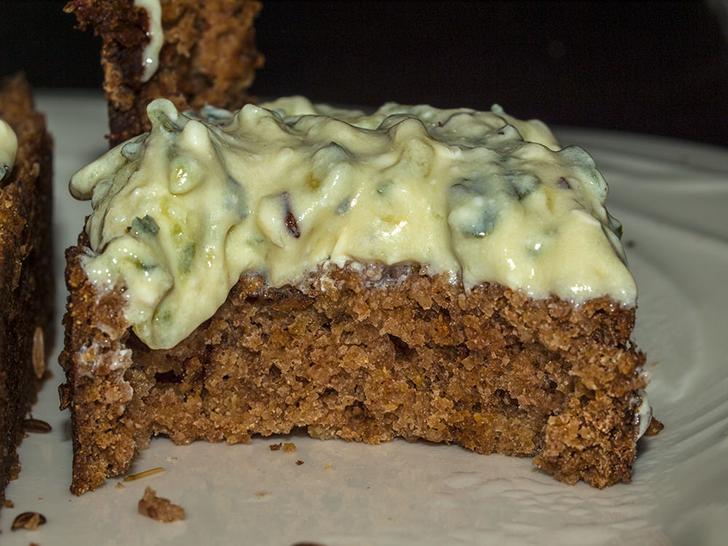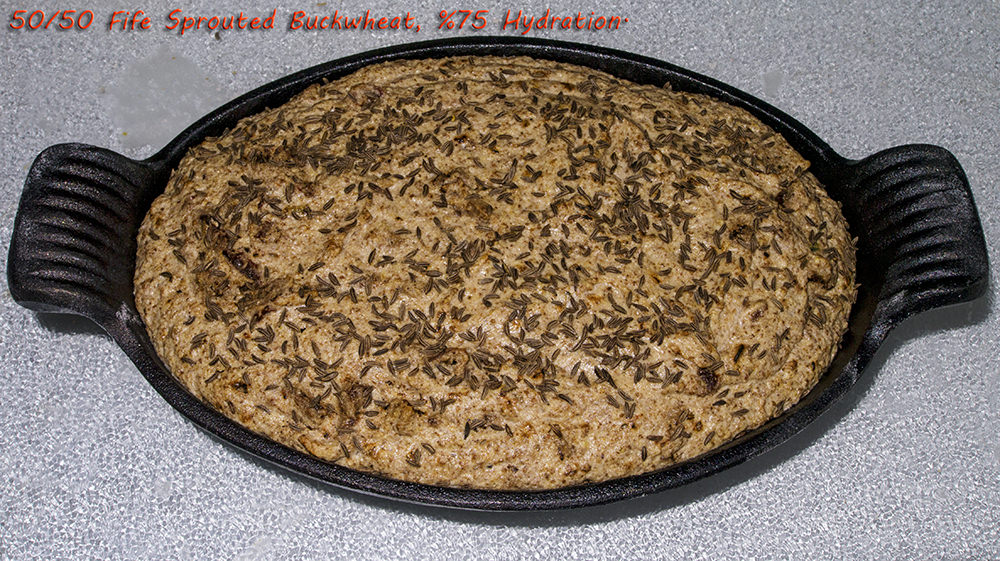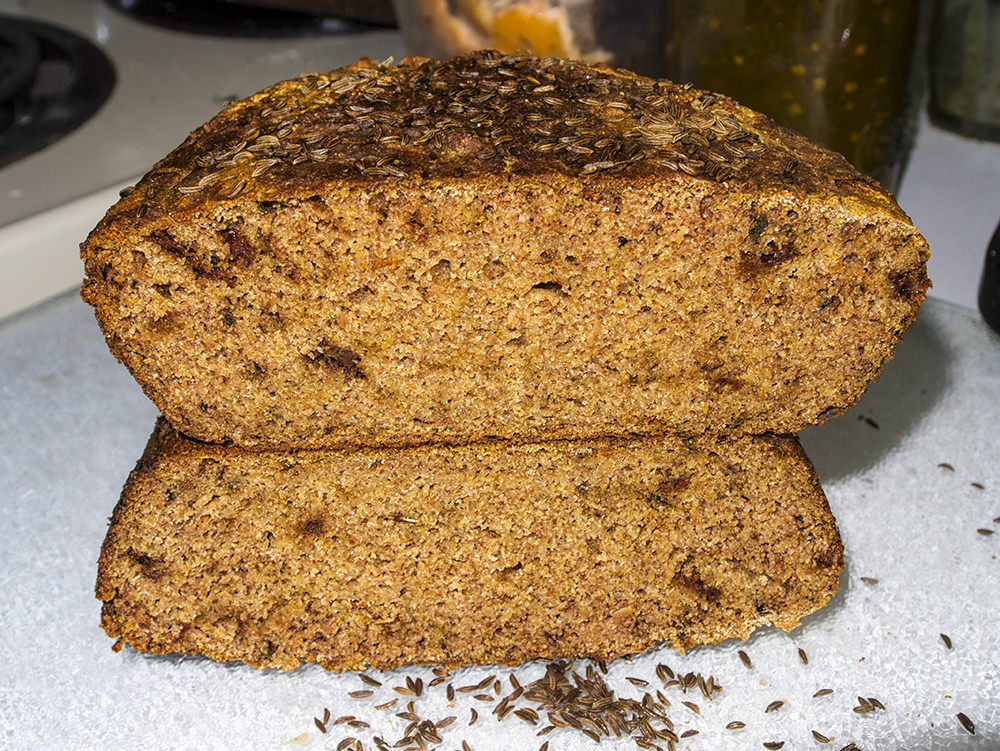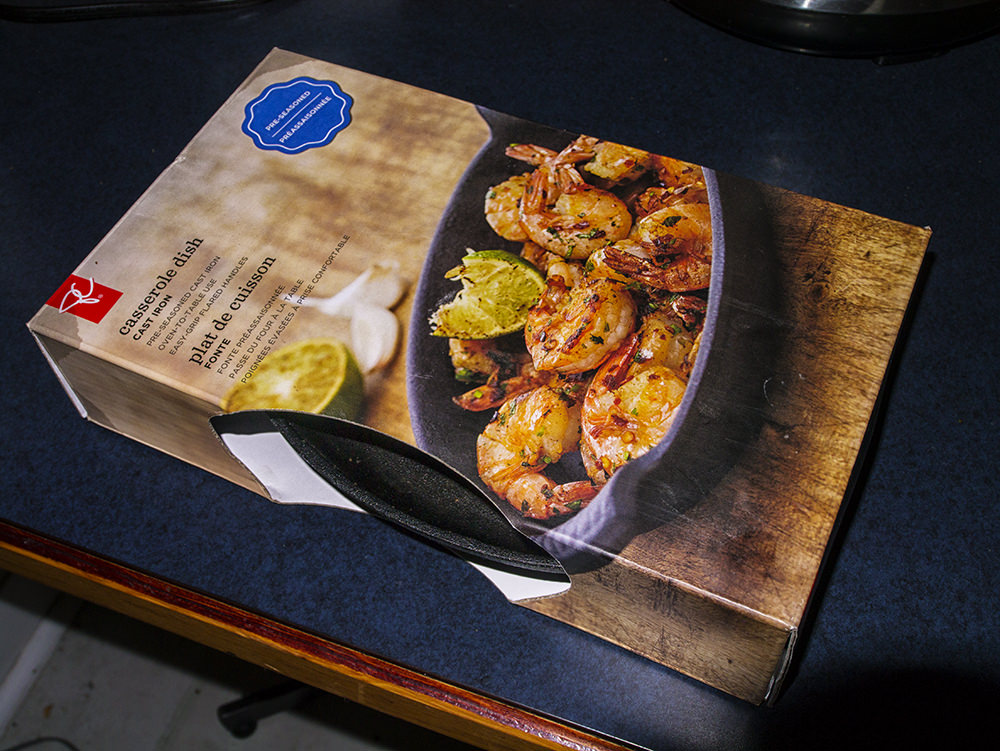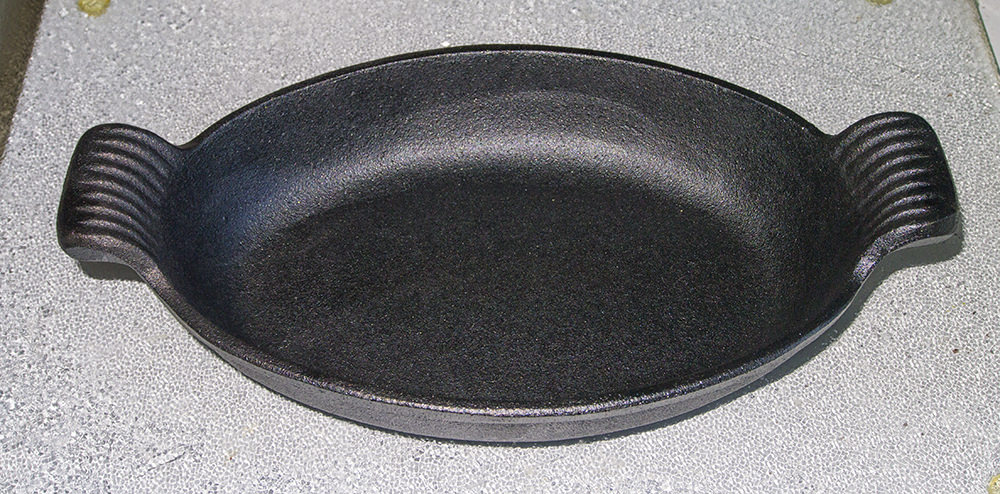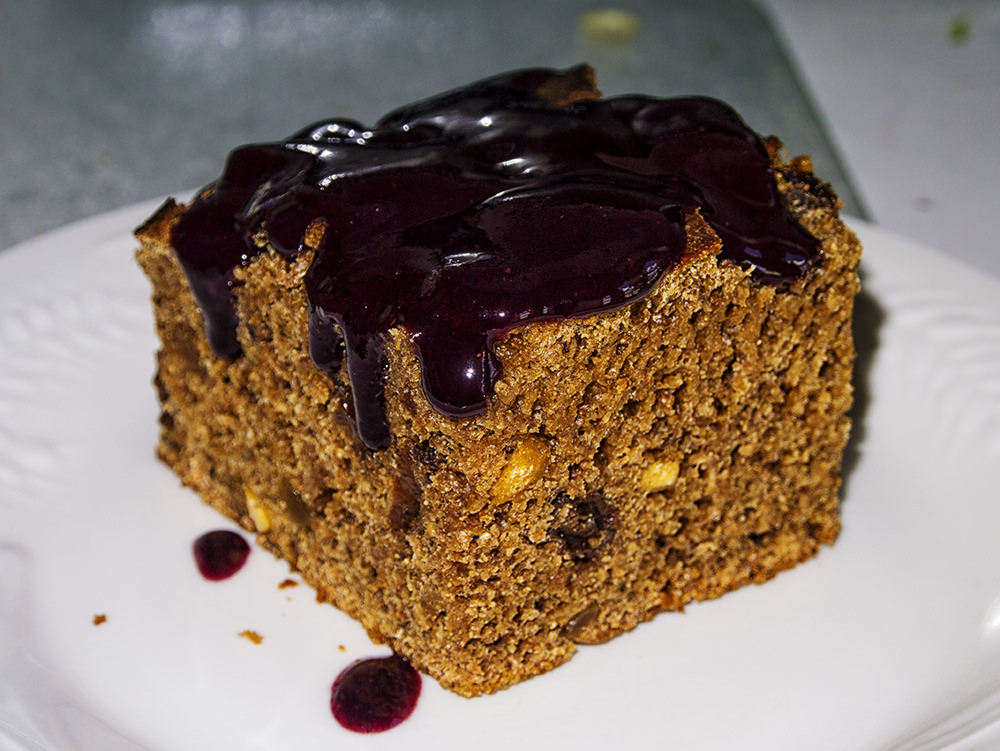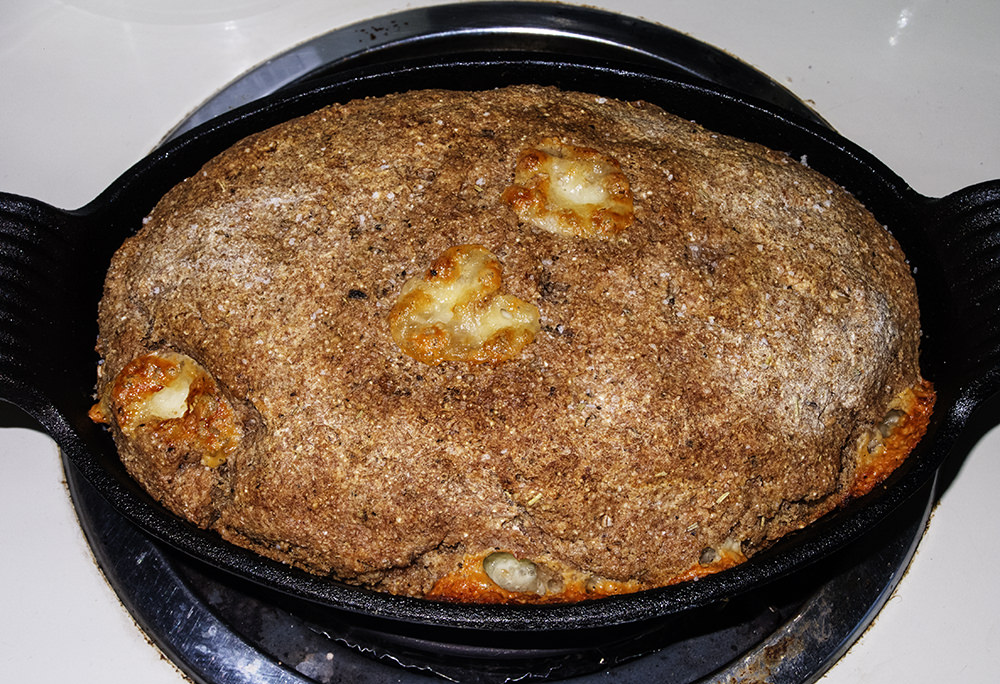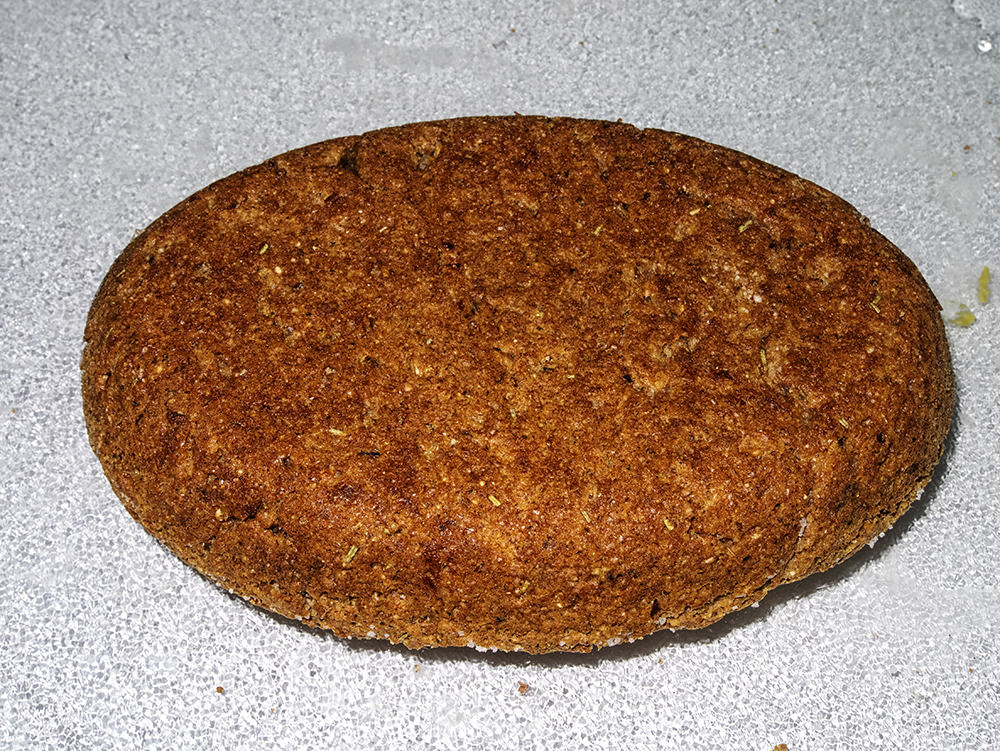Refrigerating yeast slows them down or puts them to sleep all together depending on the strain.
When you harvest the yeast during fermentation in crucial, as is the total cell count.
You want to harvest during the height of their consumption phase. Otherwise you should make a starter
Aint that the truth.
Also, ale yeast is not happy at temps above 90 degrees..., in an ale when you
pitch the yeast at that high a temp (if the strain can take the heat), you get a lot of
fruity esters, which often give you a distinct "banana" aroma and taste. We found in a bread experiment that dough made during a summer day with Edme brand ale-brewing yeast, cultured in a liquid solution, didn't rise very well after 12 hours, but..., when we repeated the experiment by making the dough at 8 p.m., and letting the dough sit in the bowl, covered, overnight..., (temp at 70 degrees and lower) we had a nice rise by 6 a.m. the following day, punched it down and it was ready in a couple of hours, and it baked up really nice at 8 that morning.
We also did experiments by using
trub instead of water and rehydrated yeast, straight, for bread baking..., because some accounts of bread making that I read said the brewers gave the bakers some
lees from the bottom of the fermenting barrels, and lees back then is what they call trub today..., spent top fermenting yeast cells that have settled to the bottom of the cask during the initial fermentation and separated from the beer during the first racking. That worked well but we also had an interesting flavor from the hops that remained in the trub and ended up in the bread.
LD
